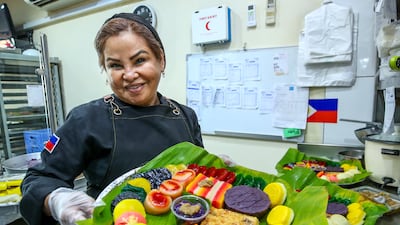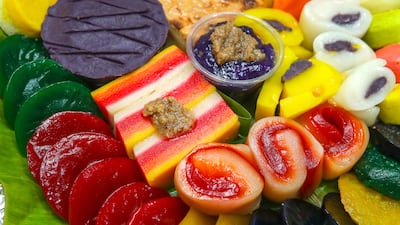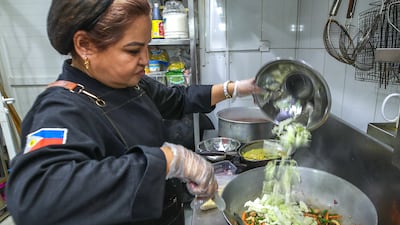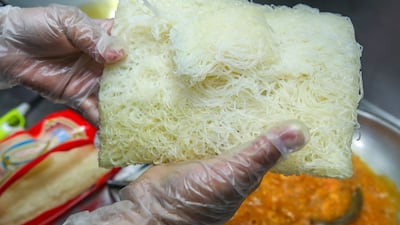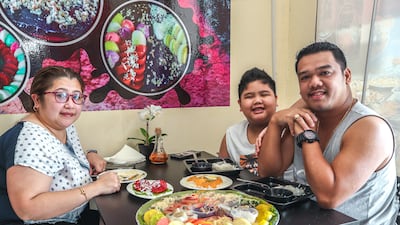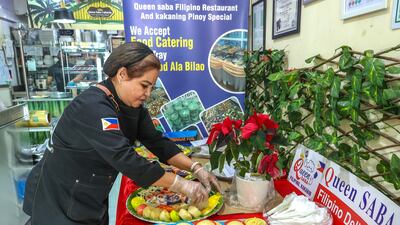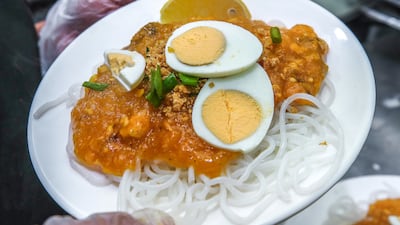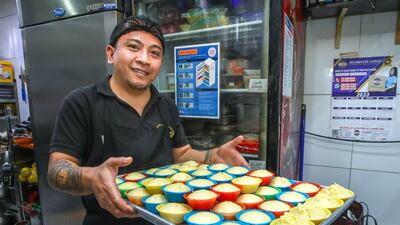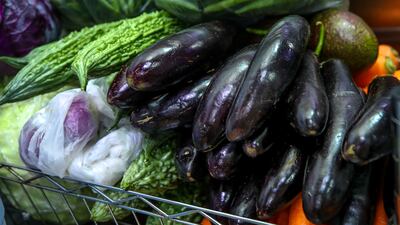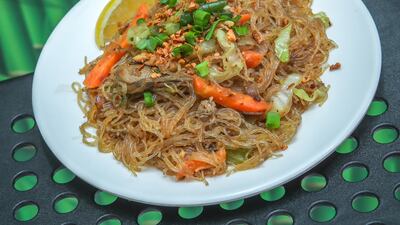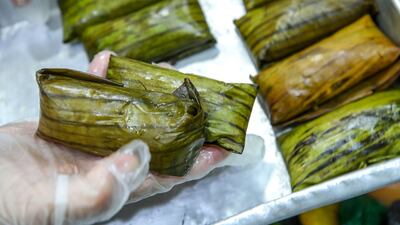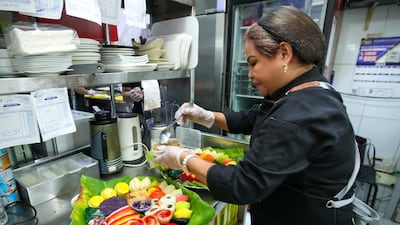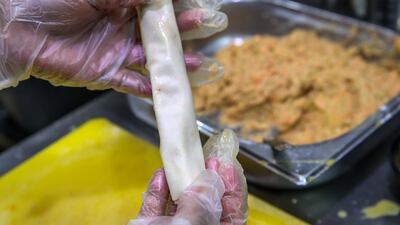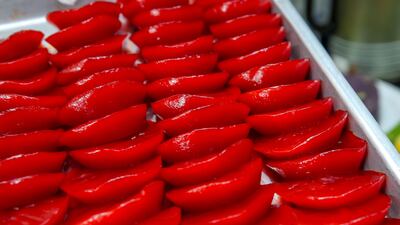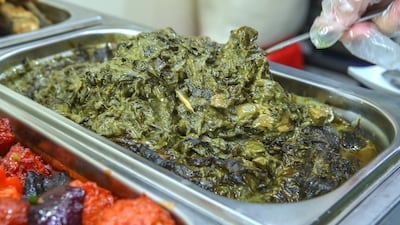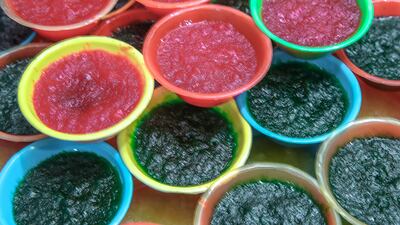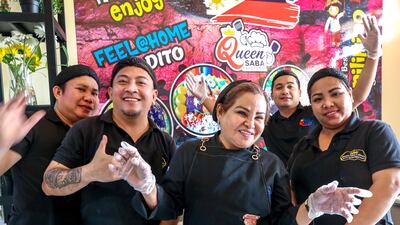The Philippines is known to have some of the most extravagant Christmas and New Year celebrations, with festivities kicking off in September.
While others eagerly await December 25 and January 1, the peak of celebration for Filipinos are in the evenings before, called noche buena for Christmas Eve and media noche for New Year's Eve – Spanish terms owing to the South-East Asian country's colonial history.
Aside from the many religious traditions Filipinos follow during the period, food is a focal point of the celebrations. Filipino dining tables are filled with food, believing that a feast will attract good fortune as the year ends. It's also used as a social glue, bringing members of the community together.
Such is also the case in the UAE, where close to a million Filipinos celebrate the holidays every year. Recreating traditional Filipino dishes, from sweet to savoury, is just one way for the expatriate community to conjure a sense of home.
In Abu Dhabi's Mina Zayed Port, Queen Saba Cafeteria is a hole-in-the-wall establishment that has been dishing out nostalgic Filipino plates since 2013. Bulk orders are typical during the busy Christmas and New Year's Eve period, as many members of the community work over the holiday and often do not have the time to cook for themselves.
Although most of Queen Saba's dishes are available to order all year round, they are in high demand for the last week of the year. One of the most popular dishes is pancit guisado, a stir-fried noodle dish that is a staple on special occasions.
There are many variations to the Filipino pancit. Queen Saba's version is made of rice noodles with shredded chicken, shrimp and vegetables. It is typically paired with another party favourite, lumpia, or spring rolls, and dipped in the infamous banana ketchup.
Aside from savoury dishes, many Filipinos are fond of sticky desserts. Queen Saba serves a tray of assorted rice cakes called kakanin. The most common ingredients in these desserts are glutinous rice and coconut milk. They are chewy in texture, similar to Japan's popular mochi, and are typically topped with toasted coconut milk curds. They are often elevated with different flavouring elements, such as ube or purple yam, jackfruit, corn and other ingredients.
As is the case with many other nationalities that celebrate Christmas, Filipinos love to do it together – and what's on the table is usually the highlight of the night.
